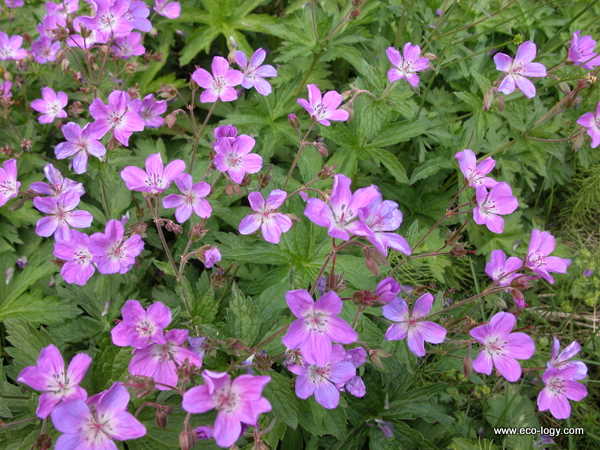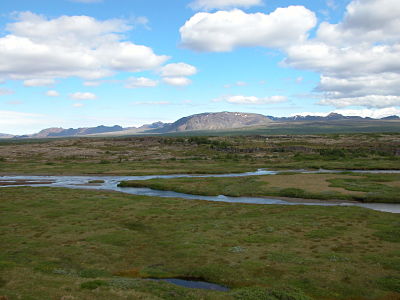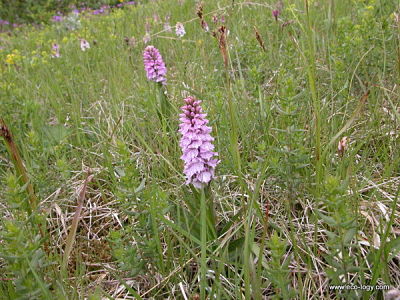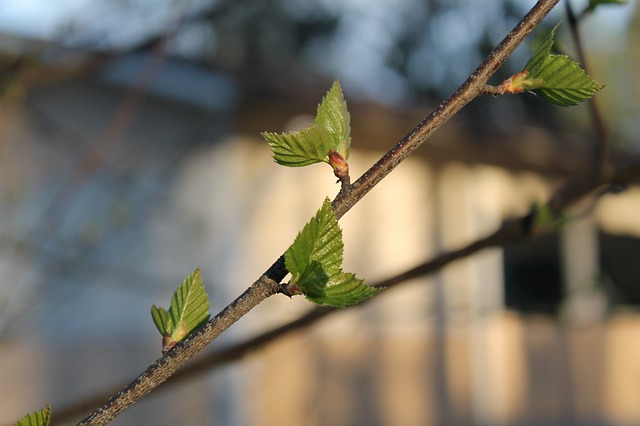Ecology of plants
The growth of two
species of plants was examined in relation to ambient stress factors, both
biotic and abiotic. The growth of Passiflora vitifolia was recorded by natural
observations and by an experiment in Corcovado National Park, Costa Rica. The
growth of Schizachyrium scoparium was measured in an experimental study
in central Texas. The growth of both grasses and forbs was recorded in an
experimental study in Wales.
P. vitifolia is associated with secondary growth and forest gaps at the
tropical lowland site. Two sets of data were collected from P. vitifolia.
The first was a set of "natural" observations made on undisturbed, randomly
selected plants spread over a variety of habitats. The second was a set of
measurements made on plants of four different clonal origins that were
transplanted into a forest gap and an adjacent understory habitat.
In the "natural" observations, plant growth was positively correlated with
levels of soil nutrients but negatively correlated with light level. Plants at
the experimental study site grew better in the forest gap where both light and
soil nutrient levels were enhanced. The clonal origin of P. vitifolia was
important to plant growth, but this effect was not as strong as the effect of
the contrasting environment of the forest gap and understory.
P. vitifolia is a host plant to flea beetles (Alticinae spp.). I examined
the connection between habitat conditions and the levels of beetle herbivory on P. vitifolia. No direct effect of light conditions on herbivory was
detected in the natural observations, and herbivory was apparently similar in
the forest gap and understory habitats. There is evidence of a negative response
to beetle grazing, both from experiments and from natural observations. Level of
beetle damage differed among plant clones.
Pathogens, that likely are mostly fungi, are common on the foliage of P.
vitifolia. I asked whether microhabitat variation in light conditions
affected the rates of fungal attack on the plants and whether fungal attack was
related to changes in the growth dynamics of the plants. Fungal damage was in
some cases detrimental to plant growth, but this effect depended on the season.
Clonal origin was important for the attack levels on P. vitifolia. Growth
of plants in the experimental study was associated with fungal attack.
In a related part of this work I examine the importance of resource and
competition for plant growth. I examine the importance of soil water supply and
intraspecific competition among S. scoparium plants. The main question
asked was whether competition is higher or lower under conditions of increased
water supply. I found that competition among the plants was increased under
conditions of increased water supply.
The colonization of experimental patches in an amenity grassland in Wales; the
experiment simulates processes of natural disturbance and competition. Patch
size and the growth form of plants were important predictors of patch
colonization. Competitive dominance in this particular grassland may not explain
the abundance of the most common species, Holcus lanatus.
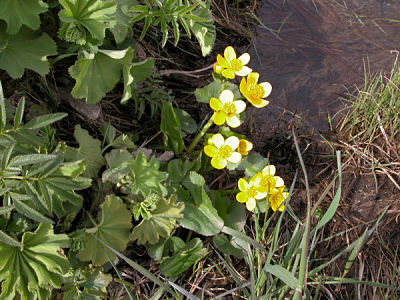
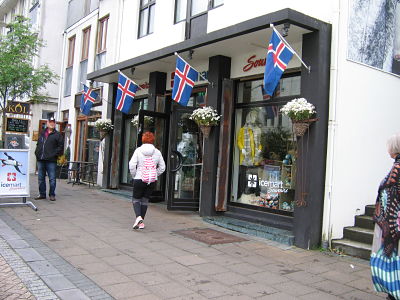

Fáðu nýjustu fréttir og tilboð frá Þund!
Get updates and special offers from Thund!
